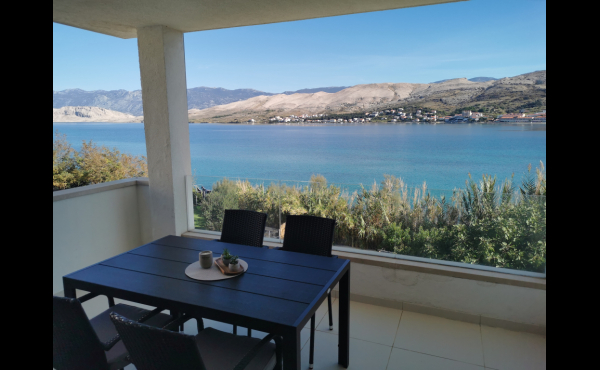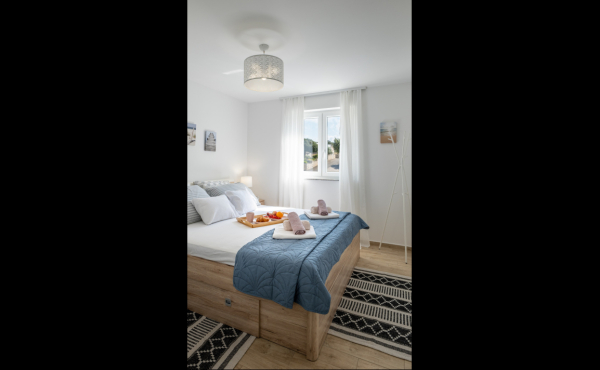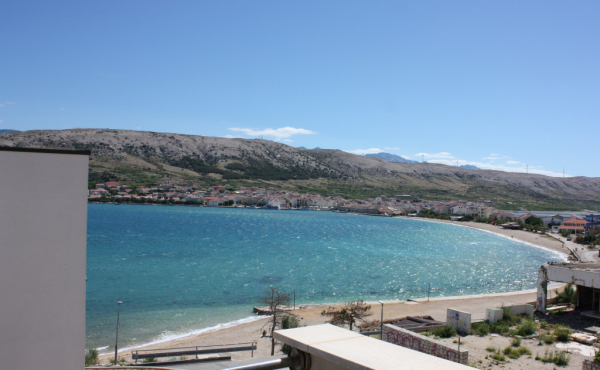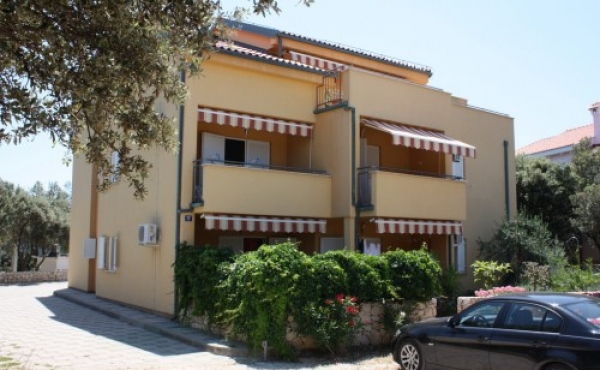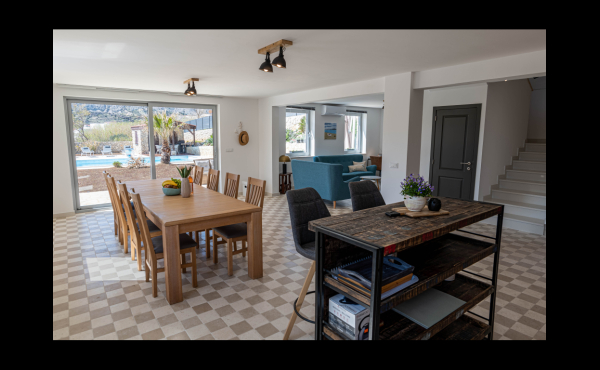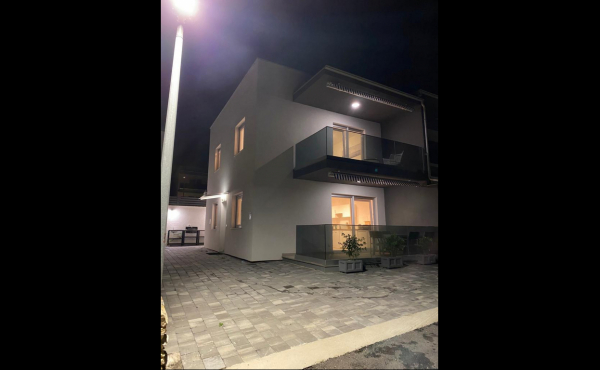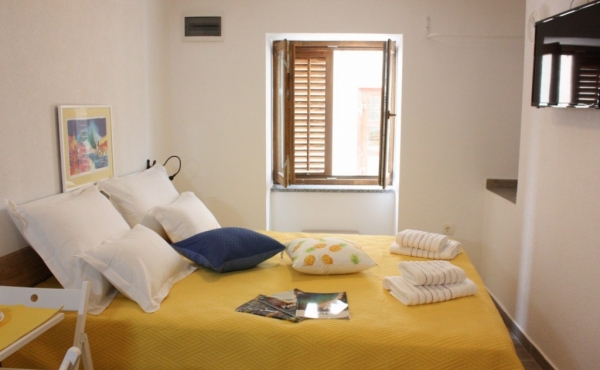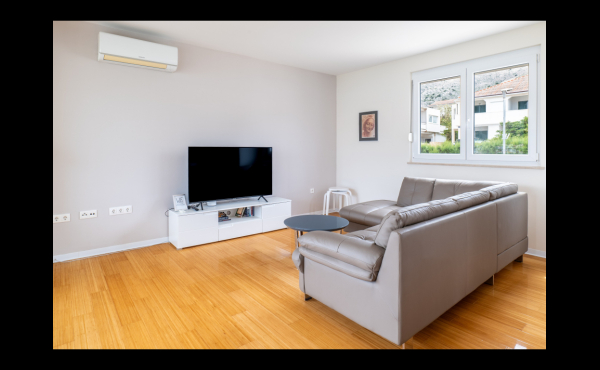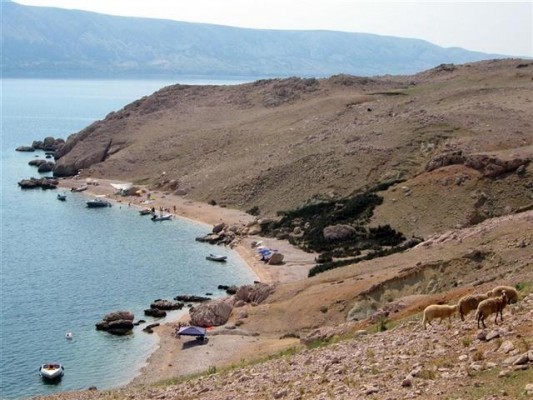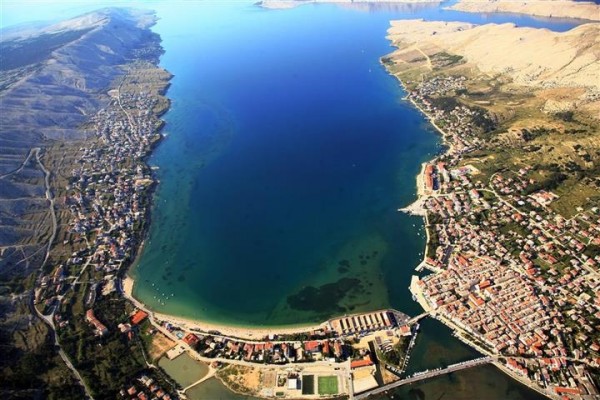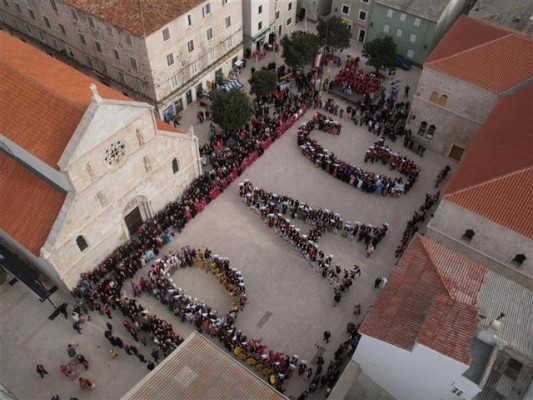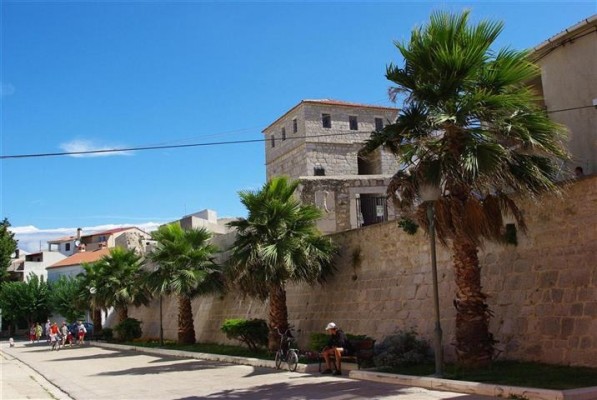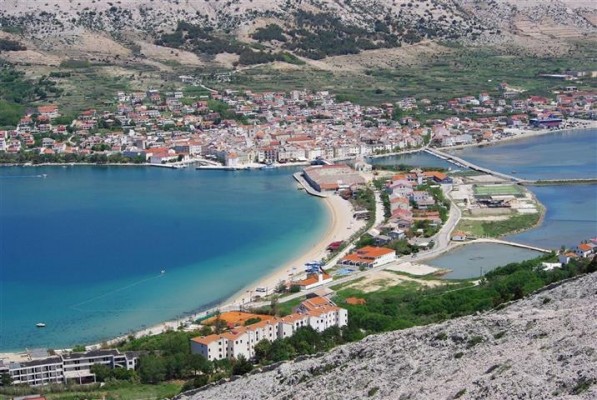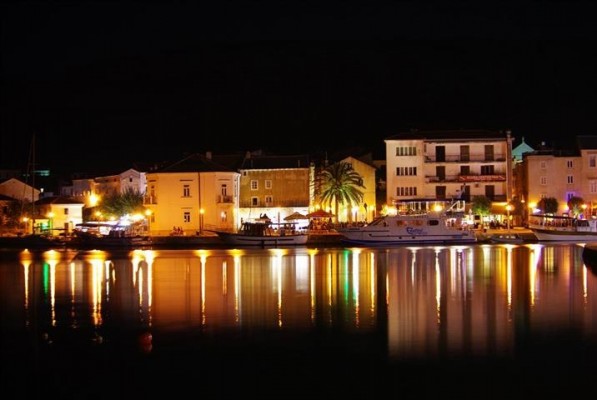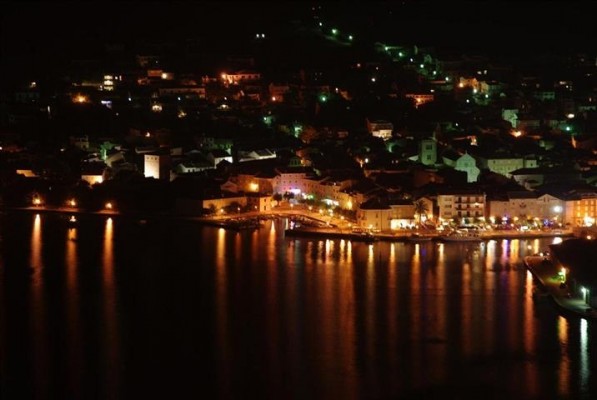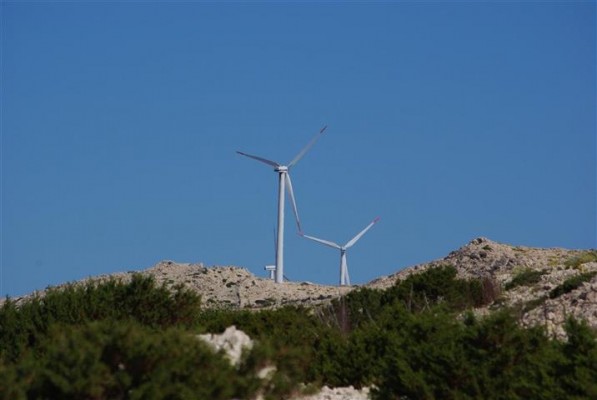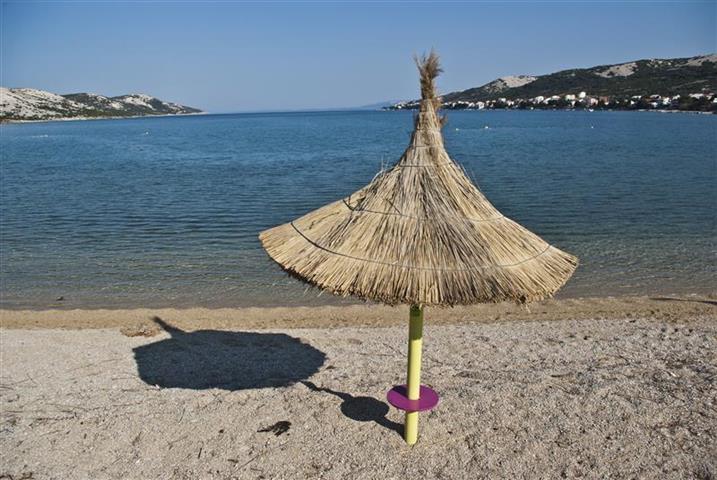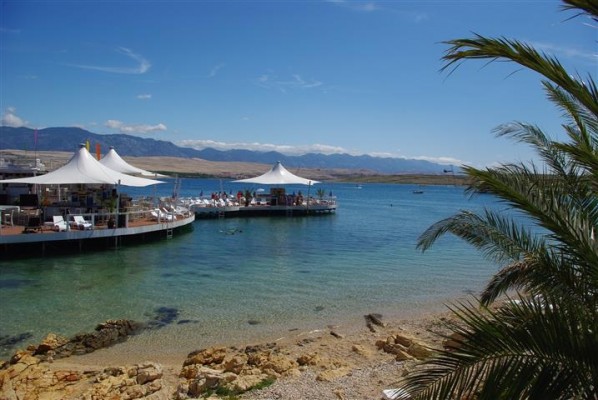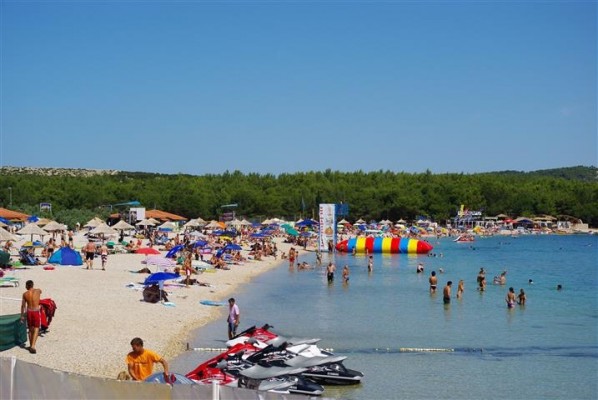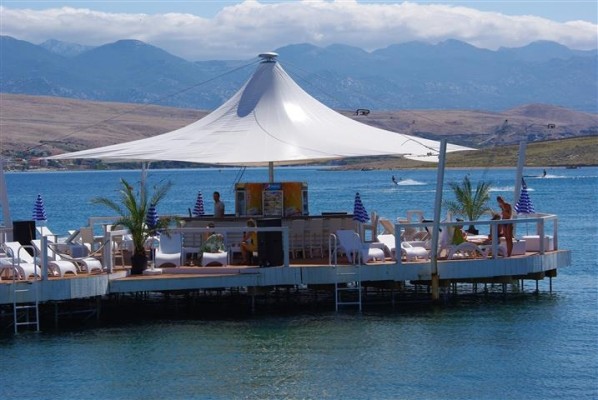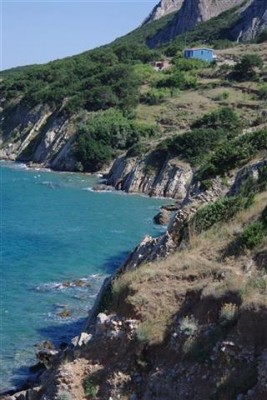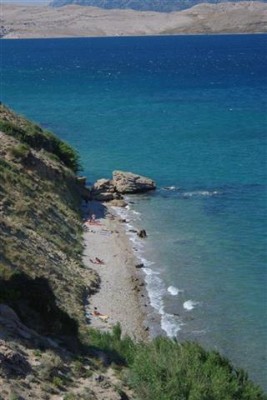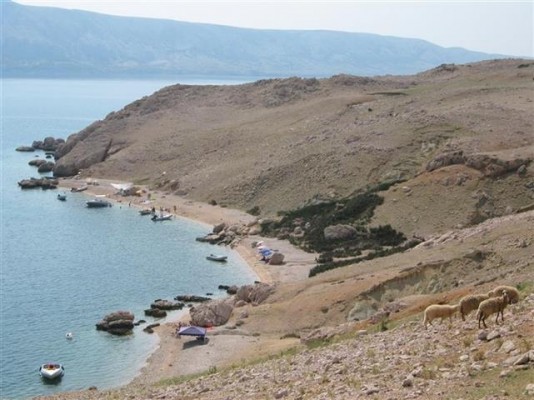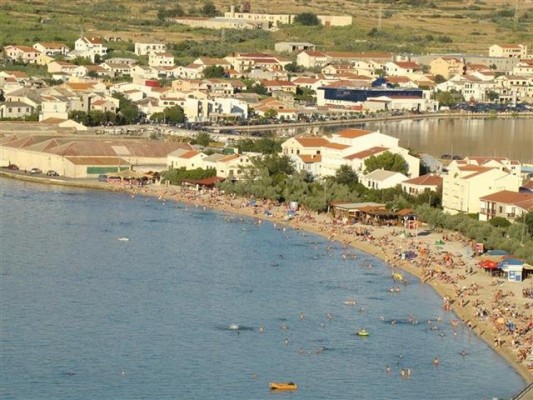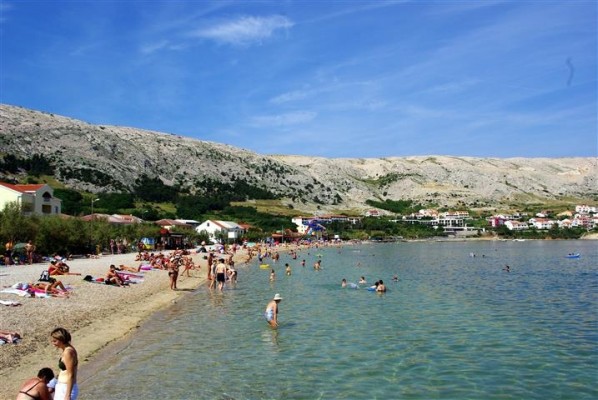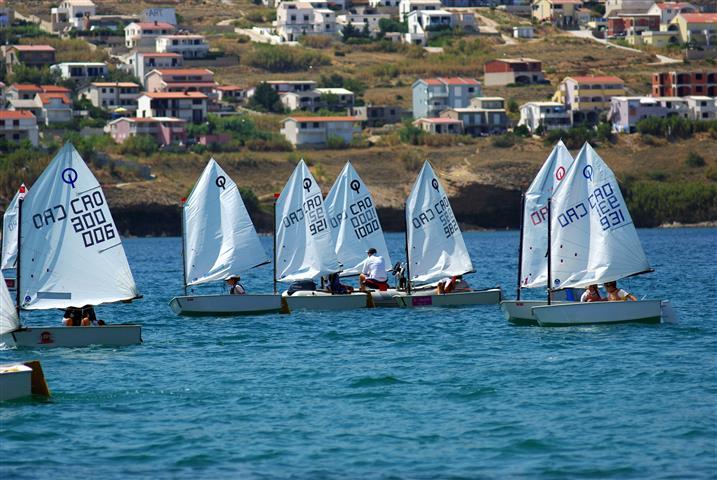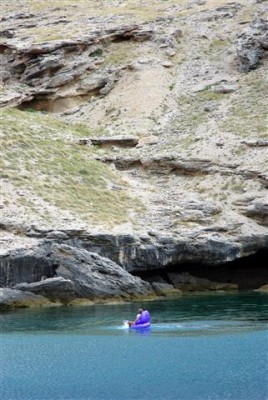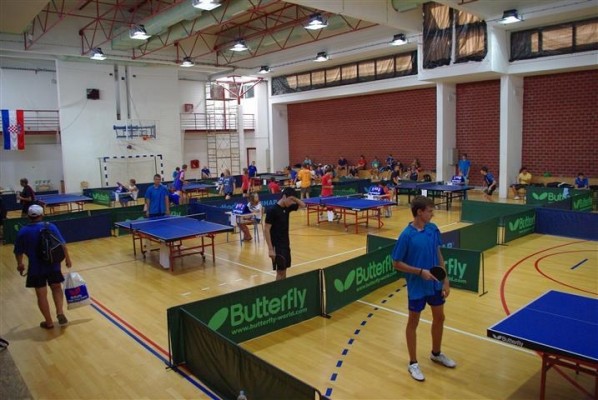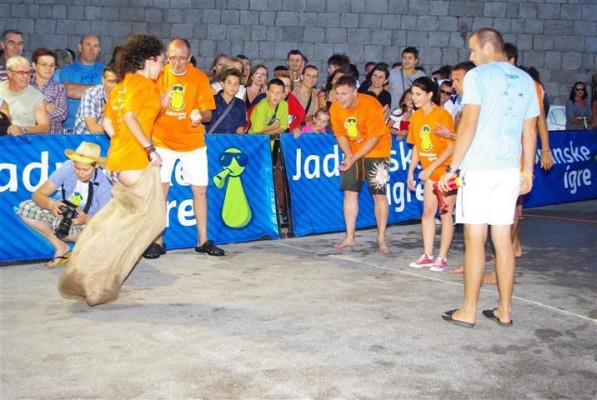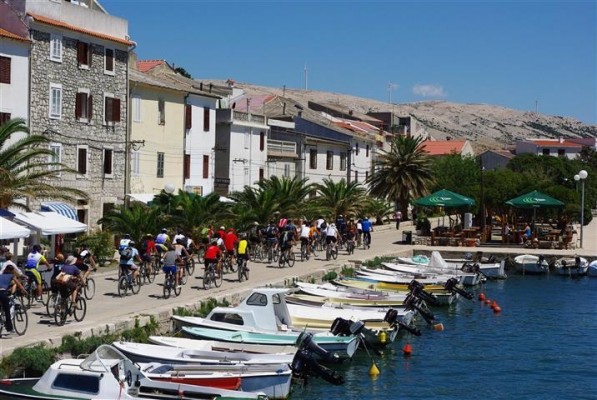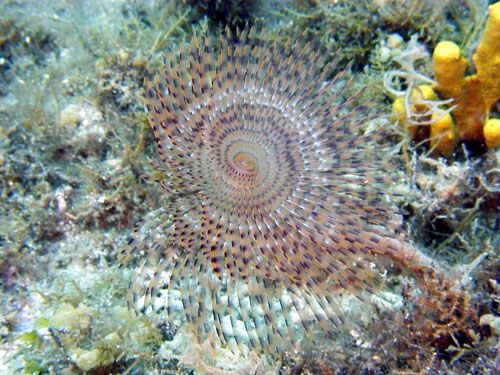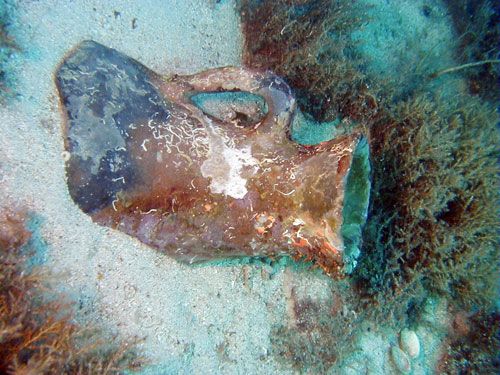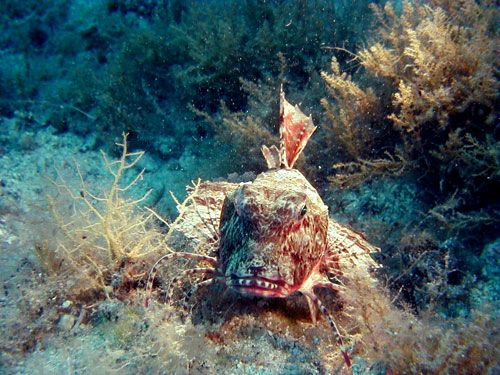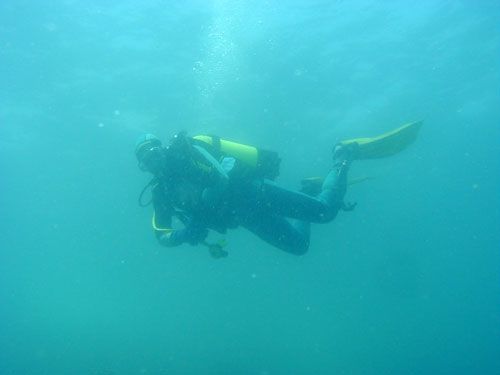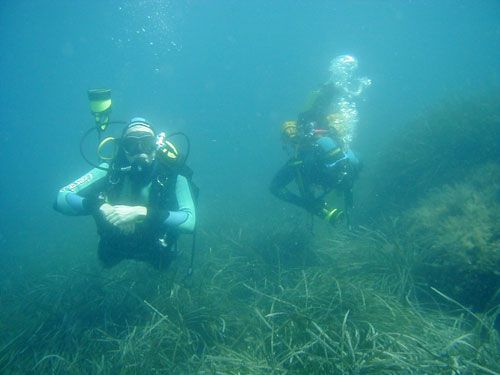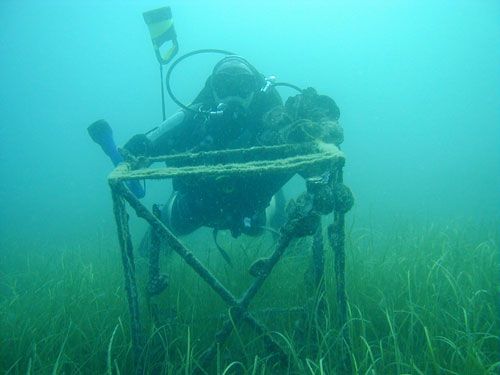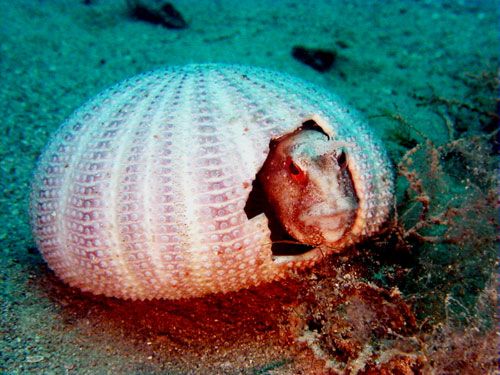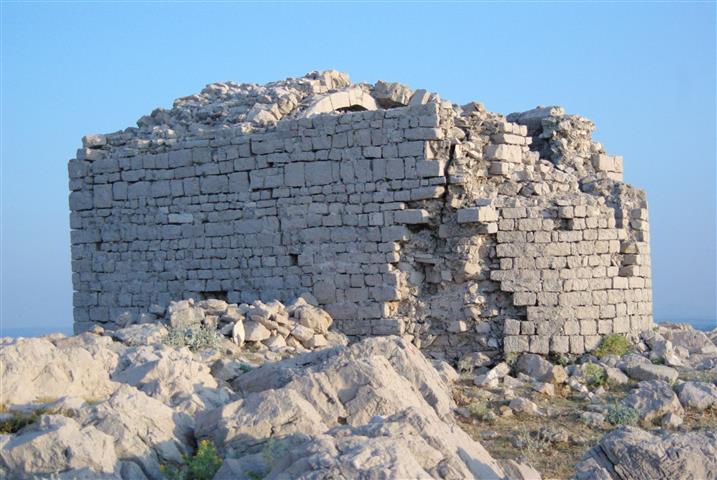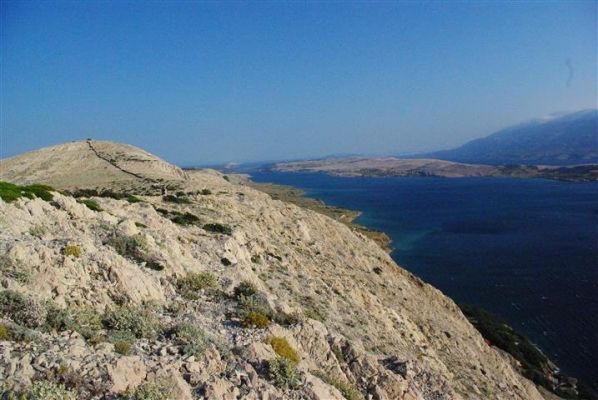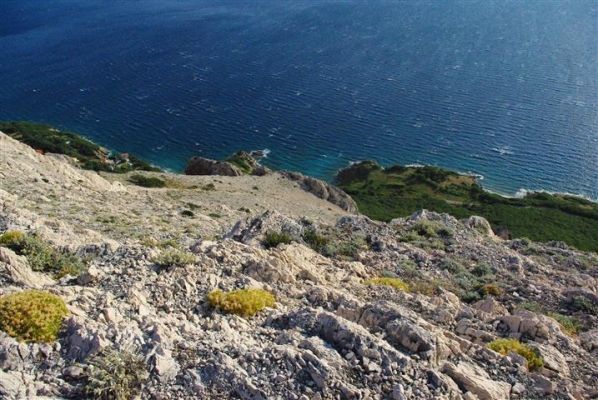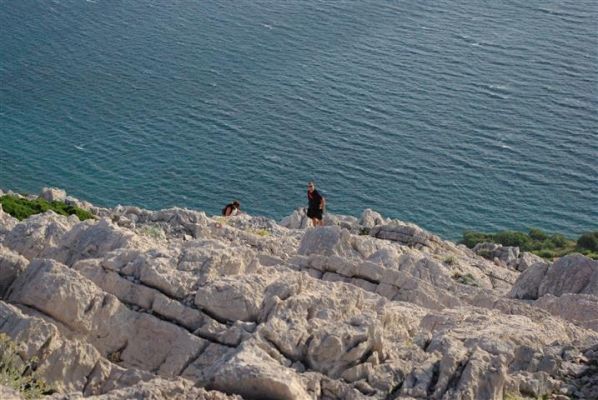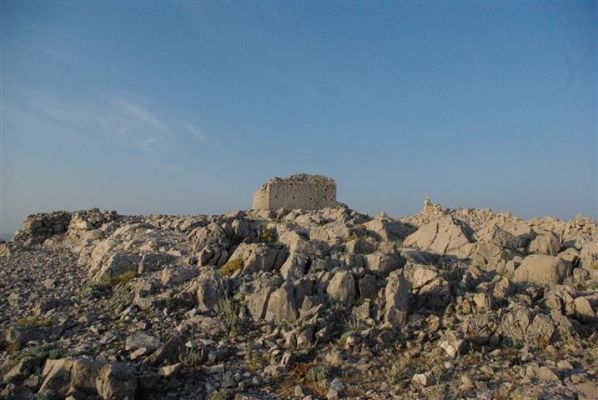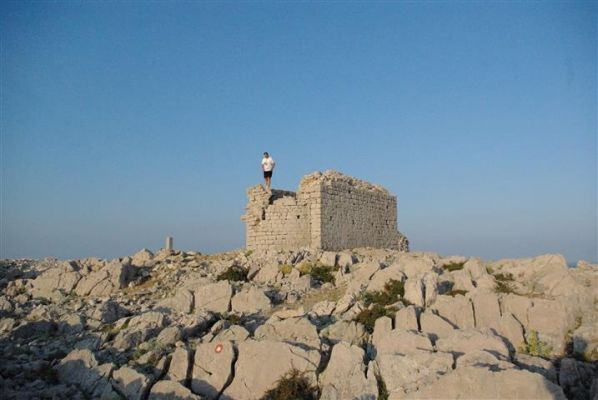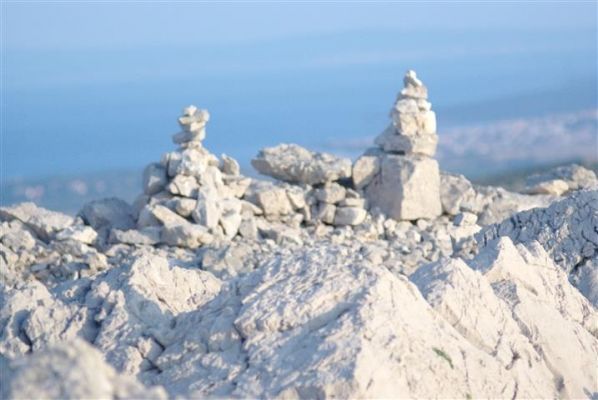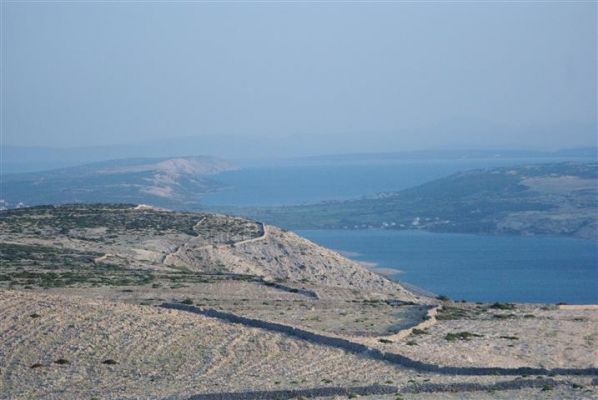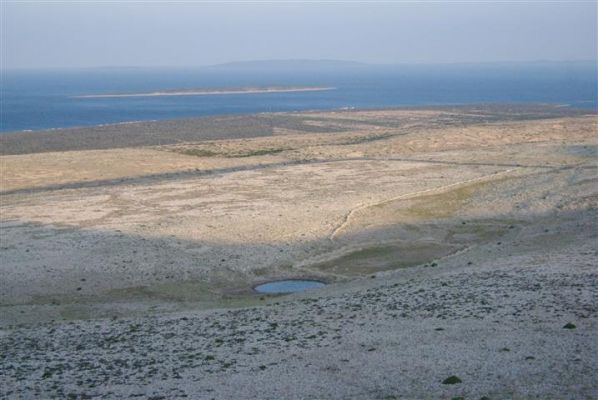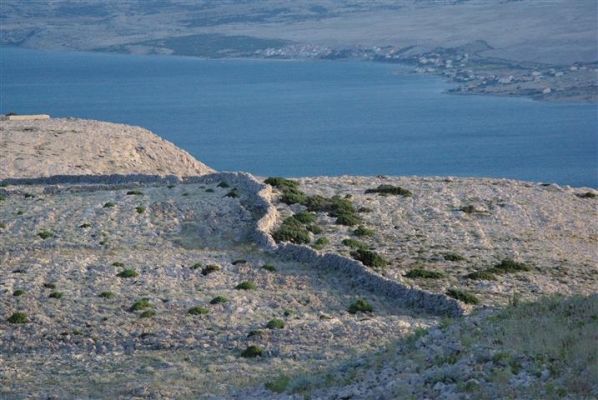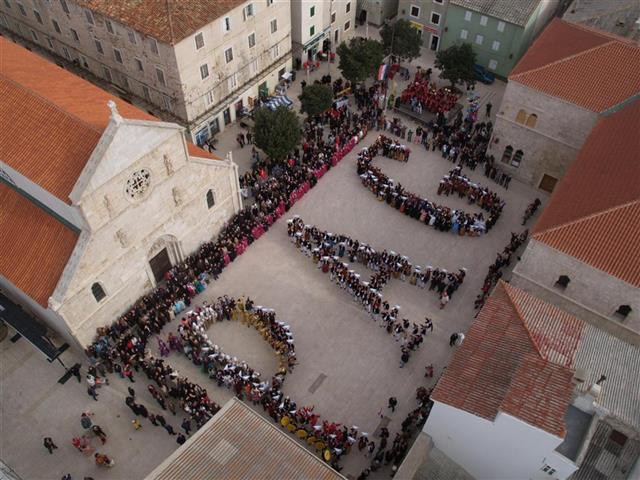
The new town of Pag emerged in the letter half of the 15th century based on an urban planning scheme on a vacant site near the salt pans. Previously, the people of Pag lived in Stari Grad (Old Town; today: the Old Town Shrine of the Virgin Mary and the archaeological zone). The town of Pag was built in the tradition of mediaeval masonry with a central square and four streets that divide it into four city blocks. The main square hosts all events of importance. It is bordered by the Parish Church of the Assumption of the Blessed Virgin Mary, the Rector’s Palace, the unfinished Bishop’s Palace, and the Loggia. The Pag Lace Gallery, Ethno Gallery, the Bartol Kašić exhibition space, and other cultural monuments are also nearby.The town’s basic urban structure has been mostly preserved. Stroll through its streets, find a hidden nook, meet residents who will gladly tell you what makes Pag so special, or a grandmother sitting in her traditional daily attire on a doorstep, proudly displaying her lace. In the early 20th century, the town of Pag extended beyond its walls, and new parts of town to expand with the development of tourism include Prosika, Vodice, Blato, Murvica, Bašaca, Sveta Jelena, and Bošana.
Pag, with its 302.47 km-long coastline, is Croatia's most indented island. Its coastline has an abundance of coves and beautiful pebble and sand beaches, and their locations and diversity appeal to the most demanding visitors - either those seeking numerous amenities (showers, water and beach sports, hospitality establishments, ice cream parlours,…) and those seeking secluded beaches.
Prosika is the main beach in the town of Pag. It is 800 meters long and gently descends into the sea, which suits families with small children and non-swimmers. . It becomes shallower as one approaches a part of the town called Vodice: only about a meter deep 80 meters from the shore. Its fine sands are ideal work-outs in the sea and walks. The town beach offers all tourist amenities: changing rooms, toilets, showers, natural shade, hospitality establishments, a water slide, entertainment for children, a parking lot, a tennis court and water scooters. Several restaurants turn into night clubs in the evening, while the warm summer nights attract an increasing number of night swimmers.
Bašaca Beaches - The size and appearance of the Bašaca Beaches – a string of small beaches – are ideally suited to those who prefer long hours spent sunbathing. The Bašaca Beaches are bathed in sunlight the longest, so visitors can take full advantage of each sunny day. The first 5 meters from the shore is covered in sand, followed by mud overgrown with seaweed. The beaches are easily accessed by the coastal road. In the evening, with the moon, the stars and the sounds of the sea, the beaches turn into perfect romantic spots for couples seeking romance on our beautiful island.
The Vodice Beaches either pebble or rock, are bathed in sunshine from the earliest morning hours. Access to the pebble beaches is more difficult, as they are mostly in smaller coves. The rocky part of Vodice is favoured by sport fishers and divers exploring the seabed. Small boats (up to 10 meters in length) can easily anchor off the beaches, thanks to the rocky sea-floor.
The beaches of Bošana, Dubrava, Sveta Marija, and Sveti Marko Marko are mostly rocky and not as easily accessed (10-15-min drive from the town of Pag). Numerous small coves hide beautiful pebble beaches and crystal-clear blue seas. Thanks to numerous springs, the water there is often brackish, with lower salinity, and somewhat colder compared to other coves. While they get plenty of early morning sunlight, the afternoon sun hides behind Pag's highest peak, Sveti Vid. A part of Pag’s coastline lies between the sea and a string of beautiful sandy beaches on the one side and barren rocky terrain on the other. The path leading to them passes through the vital Dubrava-Hanzine landscape with an indigenous downy oak forest, protected as a special forest reserve. The Pag Bay conceals many more coves and beaches, some of which can only be reached by boat. Sailing toward the Paška Vrata (‘Strait of Pag’), one has to visit Veliki and Mali Zaton, Malin, and Slana – ideal spots for those who long for a connection with nature.
The Zrće Beach lies on the northern part of the Pag Bay. Thanks to numerous night clubs and attractive sports and entertainment amenities, it is ideal for young visitors searching for adrenaline and all-day fun. Pebbles were brought to the beach, thus creating a great shallow line along the coast. The night life of Zrće includes electronic music festivals, guest singers and world renowned DJs.
The specific beauty of Pag’s landscape, its numerous cycling paths and fascinating rocky contours attract tourists seeking the adventure of an active vacation. Cycling, swimming, diving, sailing, hiking, or simply strolling through this medley of the sea, rocks, sparse vegetation, and unspoiled nature create an opportunity to return to nature that hardly anyone can resist.
Aside from the main roads, the island has a network of alternative macadam roads and paths with no traffic, which makes them ideal for cycling sightseers. At our office, there are maps and information available on the numerous cycling paths.
Regardless of the length of your vacation, you will run out of time for exploring the island – which is a perfect reason to return and explore some more.
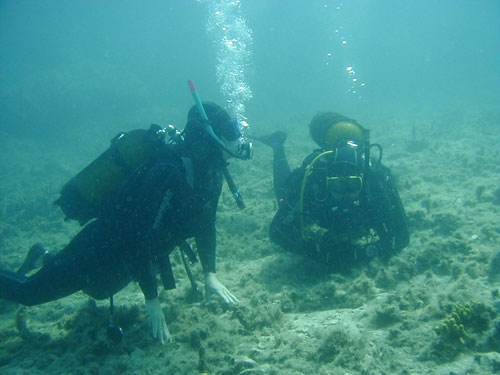
Pag’s seabed is truly diverse. The sand areas within the Bay and the stone walls and plateaus of the Paška Vrata and the Velebit Channel create a unique place where the Central and the Northern Adriatic meet. Each of its corners is home to hundreds of species of fish, crustaceans, shellfish and cephalopods.
Diving locations will satisfy even the most demanding divers: Gorgonia coral-grown walls, caves filled with various sponges and meadows rich in flowering sea plants. Underwater photographers visit Pag in large numbers, searching for numerous sea snails that make the world's most colourful family of organisms and attract everyone’s attention. It should therefore come as no surprise that numerous areas of Pag’s seabed are recognised as cultural resources and protected as EU NATURA 2000 areas.
Sveti Vid (St. Vitus) is the highest peak on the island of Pag and an outstanding destination for tourists and other visitor, boasting a magnificent view of the surroudning towns of Pag, Kolan, Šimuni, Mandre, Košljun… and the islands of Rab, Mali Lošinj, Silba, Olib, Maun, and Lukar. On a clear day, a large part of Velebit National Park is also visible. The ruins of the Church of St. Vitus, a monument of Late Romanesque masonry first mentioned in 1348, can be found at an altitude of 349 m above sea level. There are several trails leading to the peak - a steep one from Dubrava (Pag) (45 minutes) and an easier one from Kolan or Šimuni (75 minutes).


















